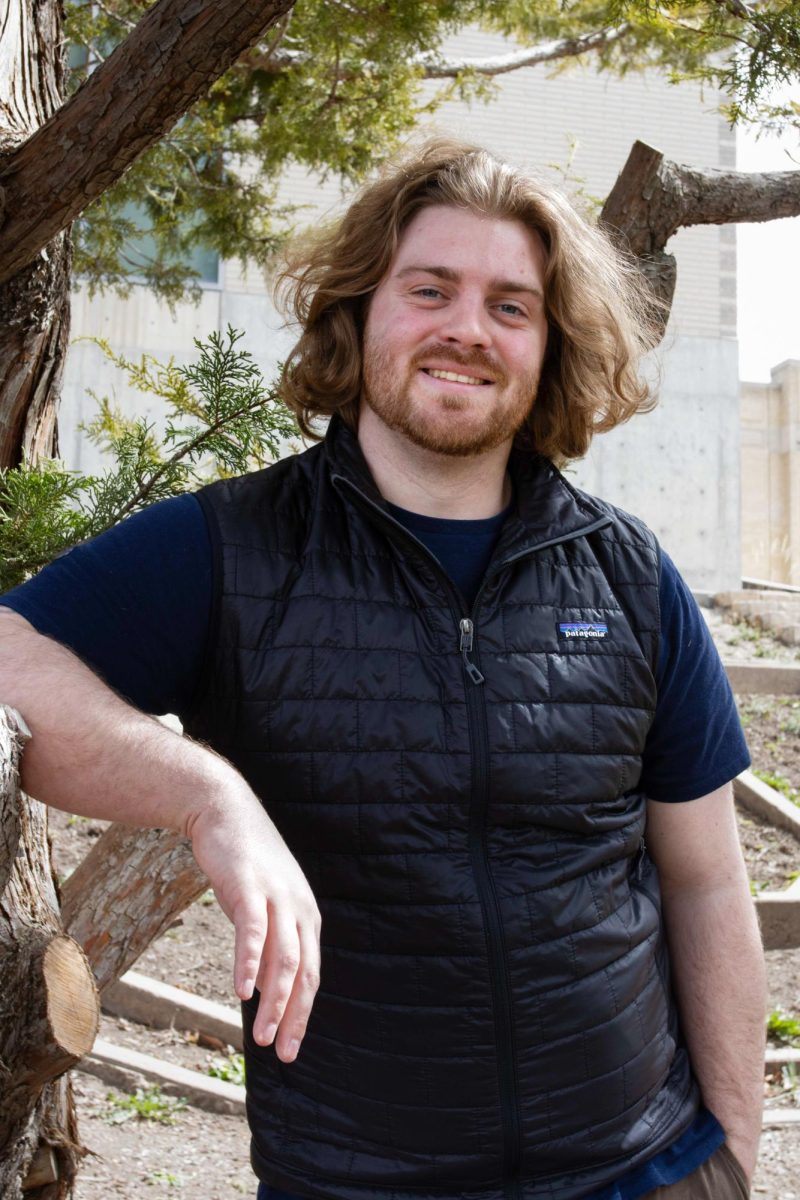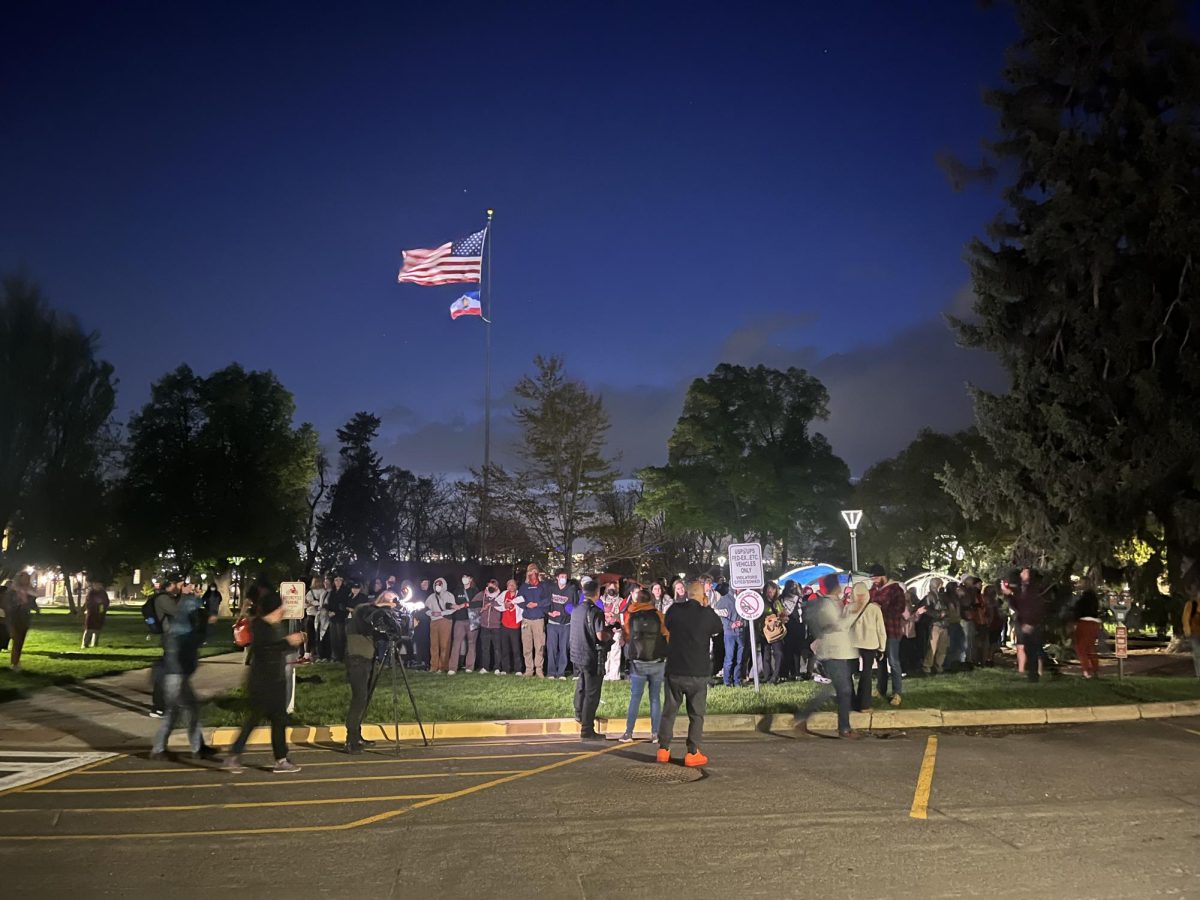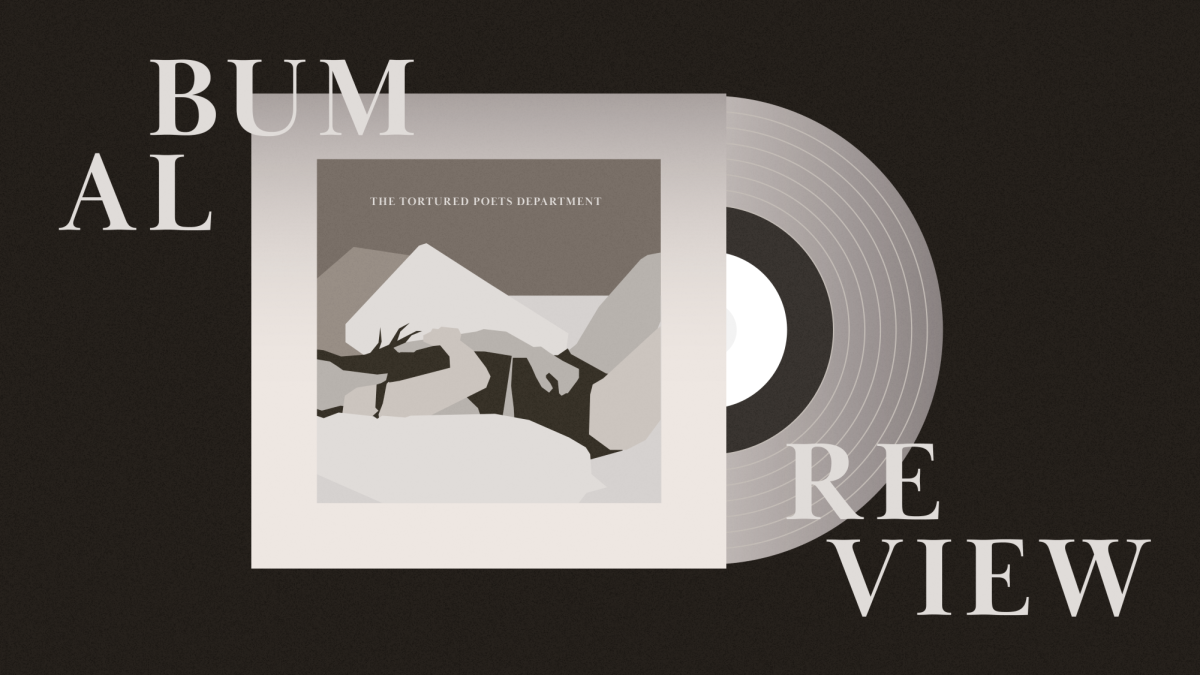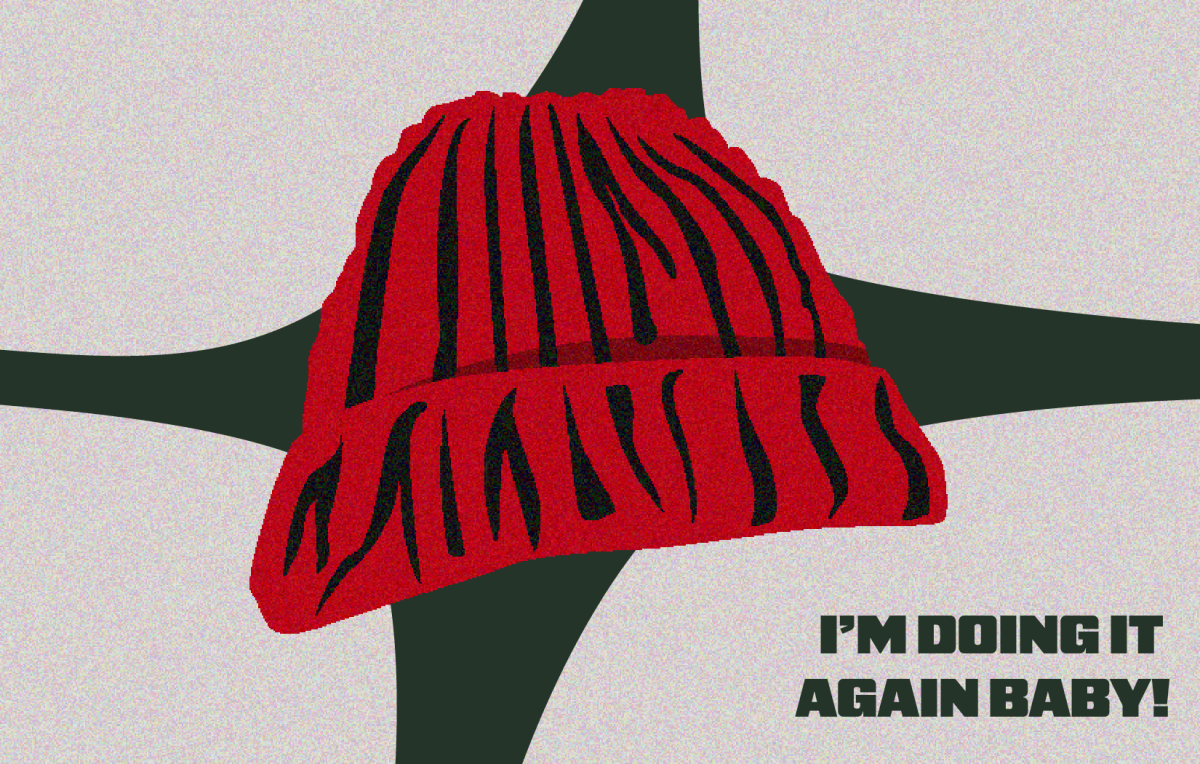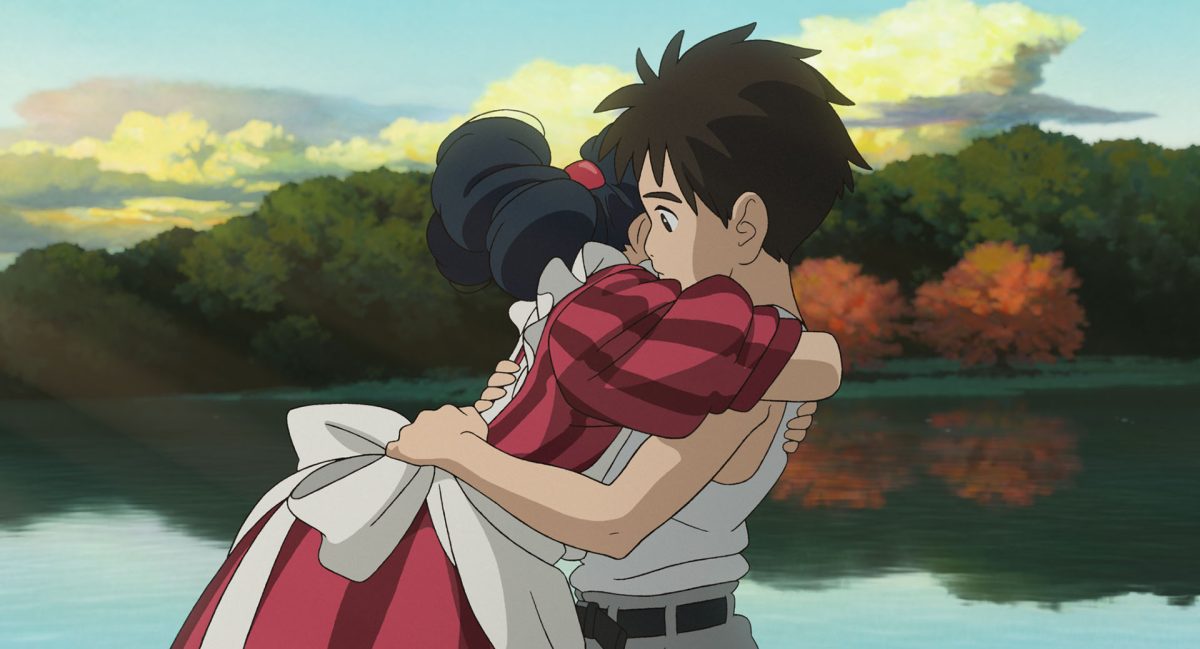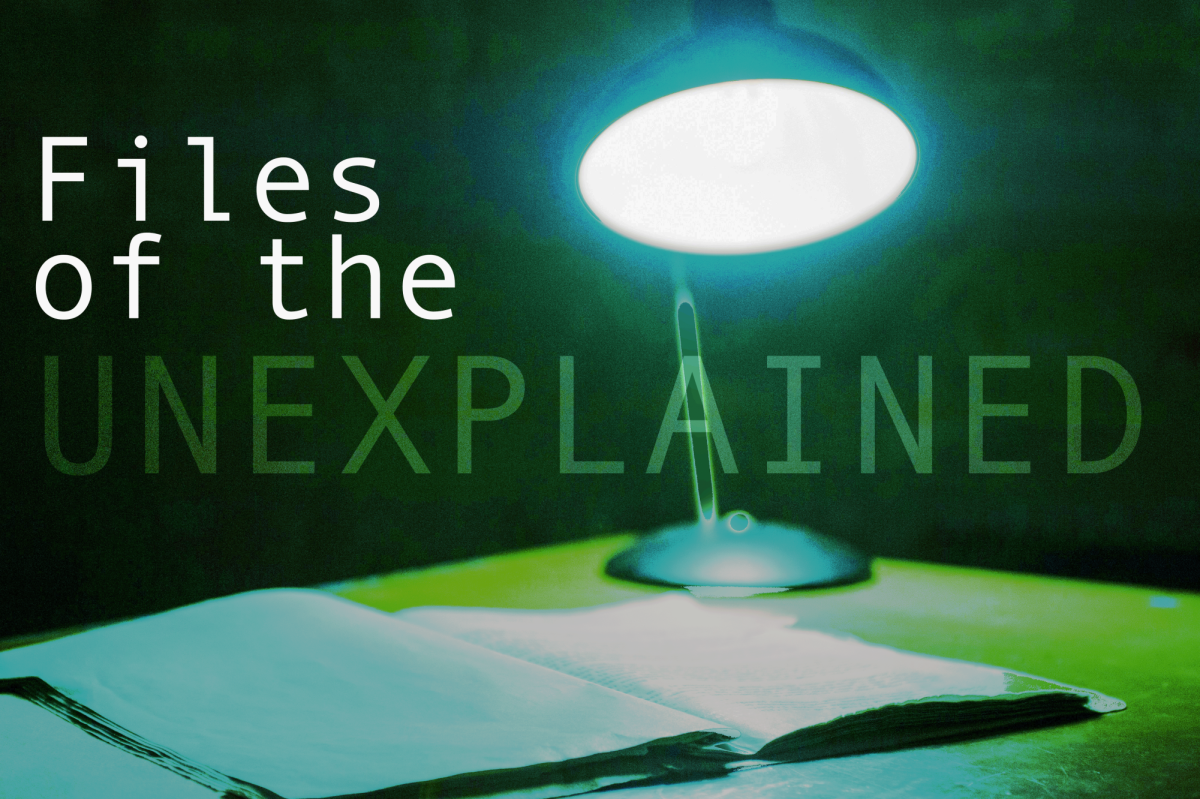
Opening today, “Dead Sea Scrolls” pulls together the geographical and religious similarities of Israel and Utah. Aside from sharing the phenomenon of saltwater lakes, the distant areas are central places for two major religions — Judaism and The Church of Jesus Christ of Latter-day Saints. This is why Salt Lake City is the perfect place to showcase the famous ancient writings.
Curators Debora Ben Ami and Risa Levitt Kohn stress the historical and archeological approach to the exhibition. To them, the objects boxed behind glass cases are more than things of the past.
“You might look at an ancient pot and say, ‘oh it’s a pot,’ ” Kohn says. “When we look at a pot, we think about the hands that fashioned the pot and the ideas that were present in that world … We try to get behind the object to reconstruct the world.”
Wanting to create an interactive experience, “Dead Sea Scrolls” takes museum participants on a journey. By infusing components of multimedia, acting, and ancient artifacts, the exhibit demonstrates the lives of the long-gone people who understood the land west of the Dead Sea.
“We wanted to make sure that there was more than just text to read in the exhibition, that you could see, and hear, and touch, and feel,” Kohn says.
The exhibit opens with a biblical beginning. Lit on the walls are scriptural passages from the “Book of Genesis.” Other than neon lighting, the space is dark. This darkness turns off the lights of the present and allows attendees to leave the present and embrace an ancient era’s outlook.
Then the story begins. Spectators are swept into a room with three jars. These vases were the beginning of the scrolls’ discovery in the 1940s — the jars kept the writing safe for many years. On the display’s walls are screens depicting images of crashing waves. By mixing film with history, viewers are placed on the shore and live the historical event of digging up the documents.
Along with movie screens, the jars are complimented by the storytelling voice of an actor, which gives the presentation an authentic feel.
“We intended to [tell] the story and introduce the passion we have for archeology,” Ben Ami says about the acting sequence.
From the 1940s, museum-goers walk back thousands of years over the lit-up numbers of a timeline. While doing so, they witness art from each period.
“We knew we wanted to transport people, not just to another place in the world, but also back in time. That’s always a challenge. How do you get people from the present back 3,000 years?” Kohn says.
Kohn and Ben Ami’s approach of a backward timeline worked well. By allowing participants to walk over years, they created the effect of literally moving back in time.
Once visitors traipse through the time warp, they enter “The Scroll Gallery.” This room meshes the commonalities of three world religions — Judaism, Christianity, and Islam. The area highlights the stars of the show — the Dead Sea Scrolls, which scribe aspects from most monotheistic religions.
Showcasing the significance of the Dead Sea Scrolls in present day, the voyage circles round with “The Epilogue Gallery.” In short, the “Dead Sea Scrolls” proves the retrospective approach successful, for it allows attendees to live in the time and day of bygone eras.





